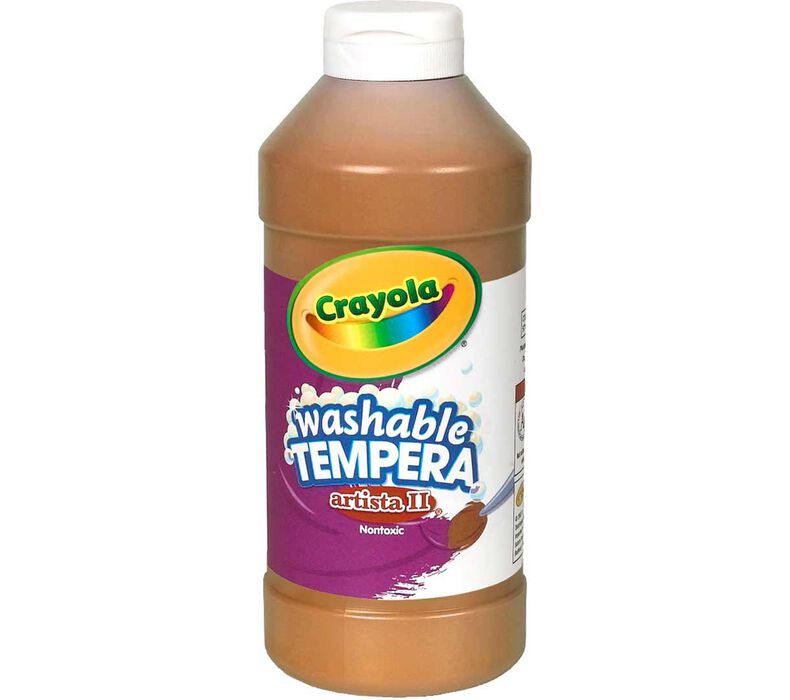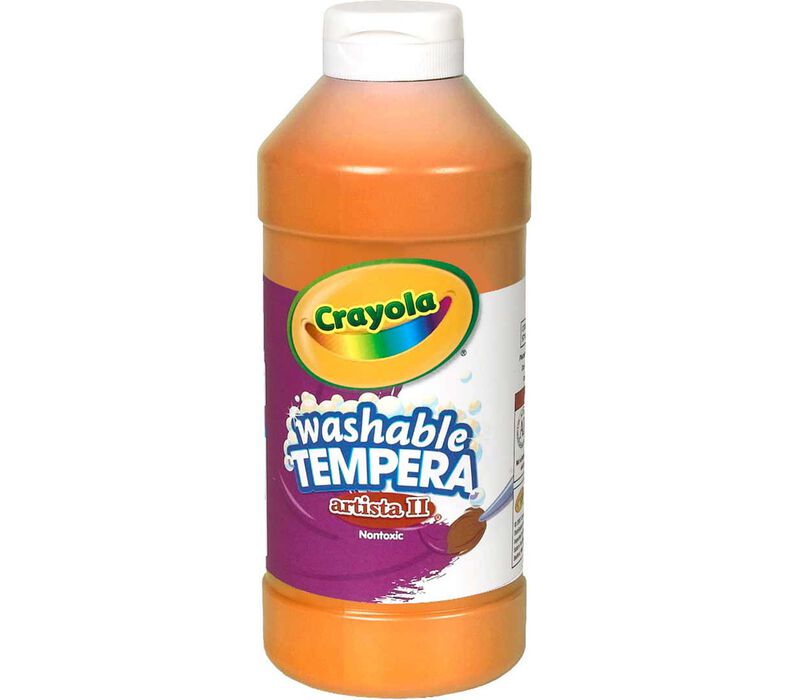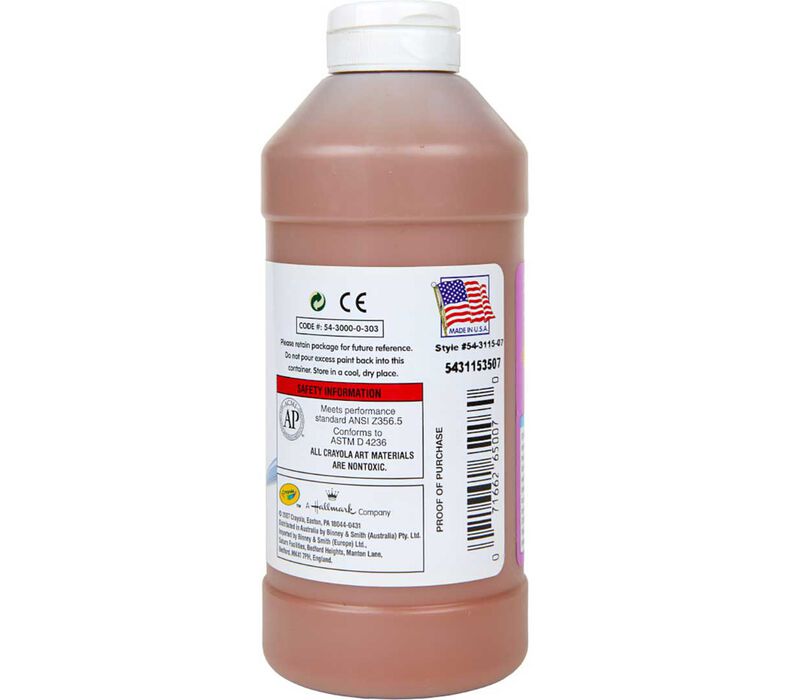PAINT TECHNIQUES
Hard Edge Painting - Use a flat watercolor brush loaded with paint to create even strokes and to build up an even bead (thick edge) around the color. To keep colors from blending, allow an area to dry before applying wet paint to adjacent areas.
Soft Edge Painting - Create soft-edge effects by lightly stroking a dampened brush across wet paint or paint adjacent colors onto damp paper to blend one color into another. Apply a brush loaded with water to the wet paint surface to blur the edge. Try making a long stroke of one color, then immediately paint a lighter or darker color along the stroke edge to create a softly blended highlight or shadow effect.
Overpainting - Decorate a previously painted area by overpainting the dry surface with fine dots or lines. Try creating dots by dipping the tip of a brush handle into paint and then onto the painted surface. This technique is usually more successful if the overpainting is a deeper color than the underpainting.
Double Colors - Double load a brush by dipping opposite sides of the brush hair in different colors. Use for unusual painting strokes or dab repeatedly for unusual textural effects.
Pressure Variations - Vary the painted line width by pressing down harder during the middle of a brush stroke to create a ""thick and thin"" effect.
Mirror Image Effect - Fold a piece of paper or a paper plate in half, then open and paint on one side of the fold. While the paint is still wet, fold the sides together and rub over the outside of the unpainted side to transfer the paint. Open and observe the mirror-image effect. Add more paint and repeat the process to change the image or add details.
"






